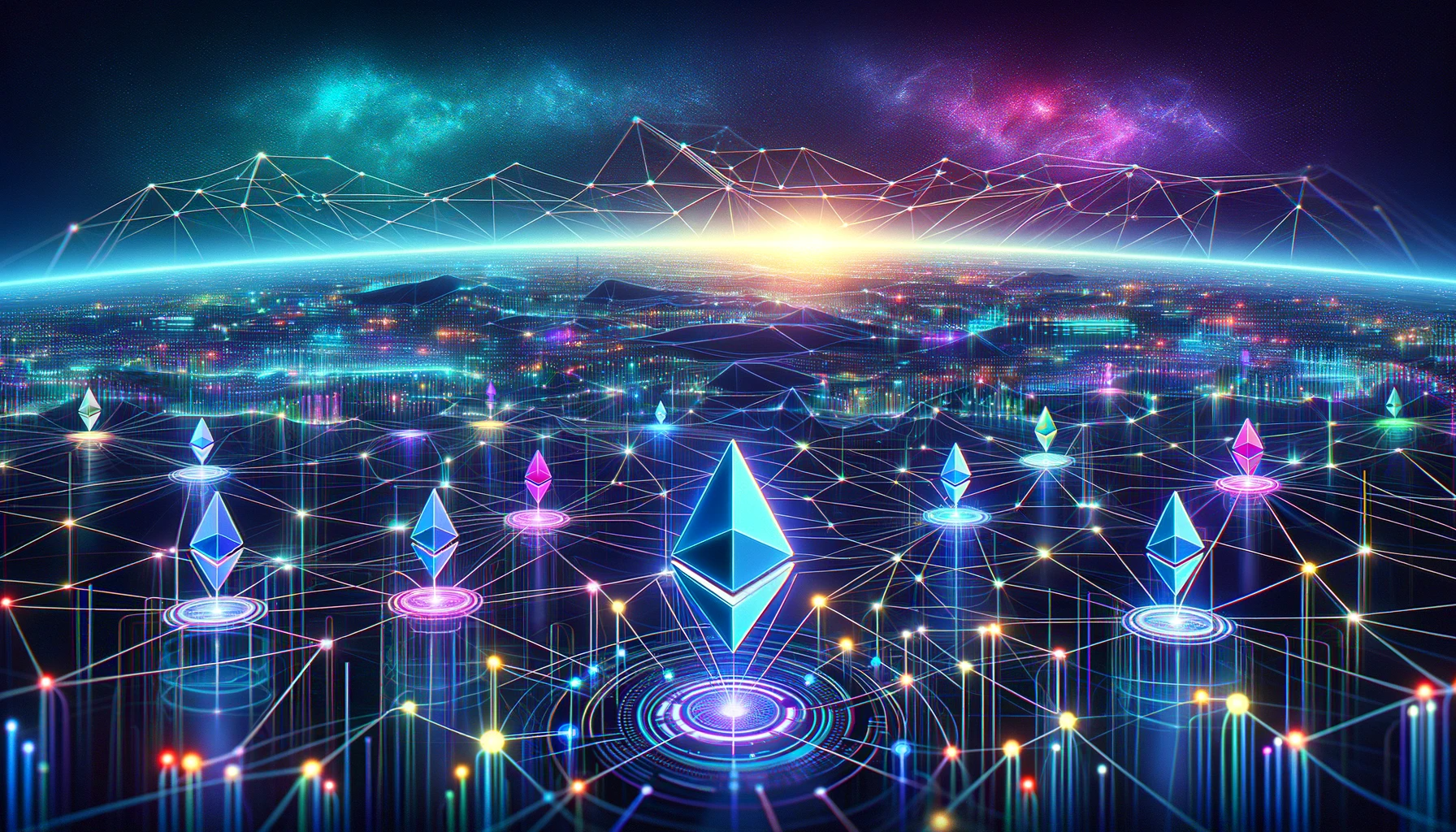SOL vs. Ethereum: Beyond Layer 1’s Limitations into a Network of Networks
The Debate of ETH vs. SOL and the Overlooked Layer 2 Conversation
In the bustling realm of Non-Fungible Tokens (NFTs), the debate between Ethereum (ETH) and Solana (SOL) often garners significant attention. However, an equally pivotal discussion lies in the evolution of Ethereum’s network, particularly its expansion from Layer 1 (L1) to a diverse ecosystem of Layer 2 (L2) solutions. This shift addresses two primary criticisms of Ethereum’s L1: high gas fees and slower transaction speeds.
Ethereum’s Layer 1: The Foundation of Trust and Security
Ethereum’s L1 is often criticized for its high gas fees and relatively slower transaction speed. However, it’s crucial to understand that Ethereum’s L1 serves a specific purpose. It acts as a settlement layer, ensuring the highest level of trust and security for large-scale transactions, not typically intended for everyday retail use.
The Emergence of Ethereum’s Layer 2: A Spectrum of Affordable and Fast Solutions
The evolution of Ethereum has led to the emergence of various L2 solutions, each offering lower costs and higher transaction speeds. These include:
- Optimism and Arbitrum: Focused on scaling Ethereum while ensuring security.
- Polygon: Known for its versatility and wide adoption.
- Base, zkSync, and ImmutableX: Offering innovative approaches to scaling and cost reduction, with ImmutableX achieving literally zero gas fees.
- Linea and Scroll: New entrants providing additional options for users seeking efficiency.
All these L2 solutions utilize ETH for gas and settle on Ethereum’s L1, contributing to the Ethereum ecosystem by burning ETH and generating revenue.
The Misconception of Ethereum’s Inefficiency
It’s a misconception to claim Ethereum as a whole is plagued by high gas costs and slow speeds. The high-cost, slower L1 is designed for specific use cases, while retail activity increasingly moves to the more efficient L2s, especially during the bear market.
Security, Decentralization, and Specialization: The L2 Advantage
L2s are not just about lower fees and faster transactions. They experiment with various levels of security, decentralization, and specialization, adding richness to the Ethereum network. This experimentation includes the development of new technologies like the SVM, MOVE, and fully private chains.
Interoperability: The Bridge to a Unified Network
Critics often point to the poor user experience of bridging between networks and the fracturing of liquidity. However, advancements in interoperability, like Chainlink’s Cross-Chain Interoperability Protocol (CCIP), intentions-based bridges, and decentralized exchanges (DEXs), are paving the way for seamless integration between these networks. This integration hints at a future where specialized chains operate harmoniously, enhancing the user experience.
Conclusion: Ethereum’s Transformation into a Network of Networks
Ethereum’s evolution into a network of networks, rather than a single shared state, aligns with the broader vision of a modular, interconnected blockchain ecosystem. This development not only addresses the limitations of its L1 but also opens up a world of possibilities for users and developers alike.
TL;DR: Ethereum’s expansion from Layer 1 to a diverse Layer 2 ecosystem addresses its high gas fees and slower speeds, offering a range of solutions with varying costs, speeds, and features. This evolution transforms Ethereum into a flexible, secure, and interconnected network, paving the way for a more efficient and user-friendly blockchain experience.



